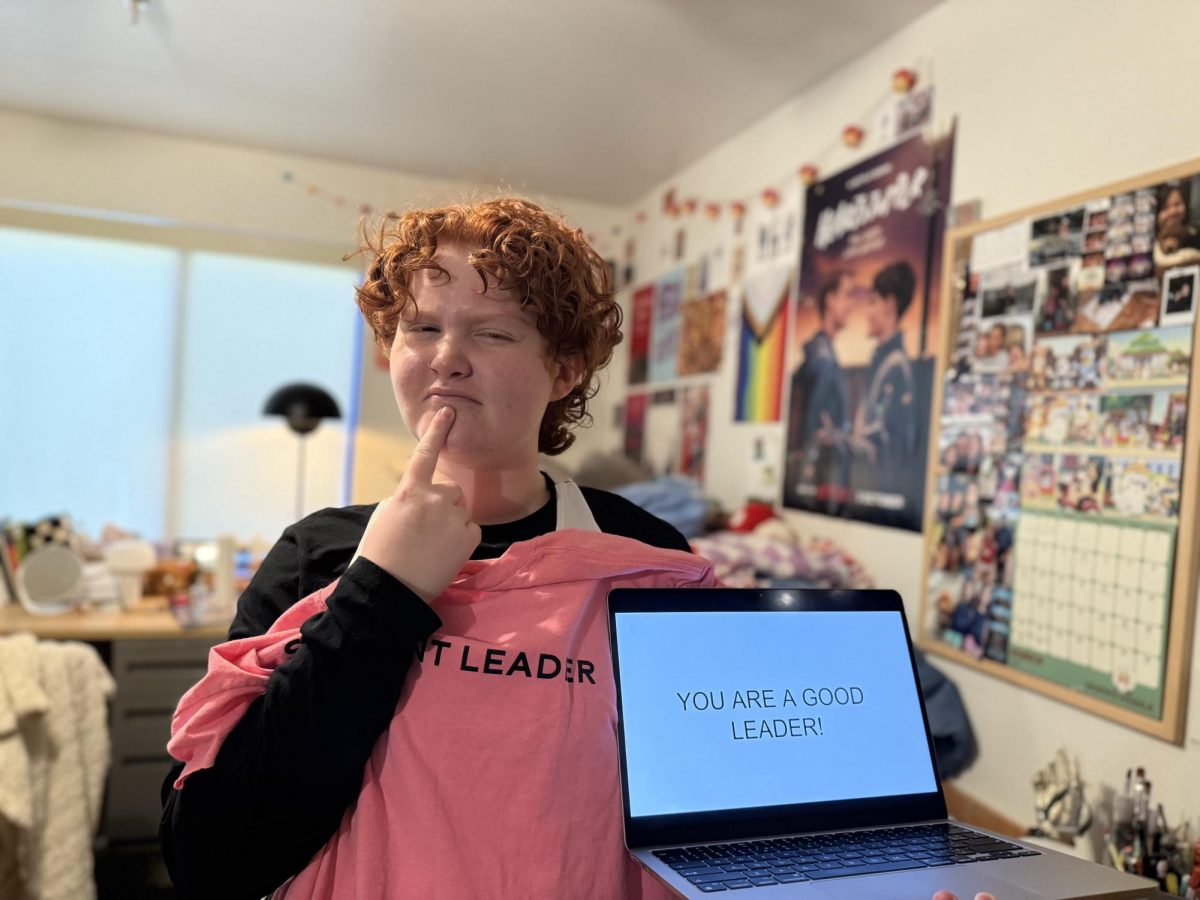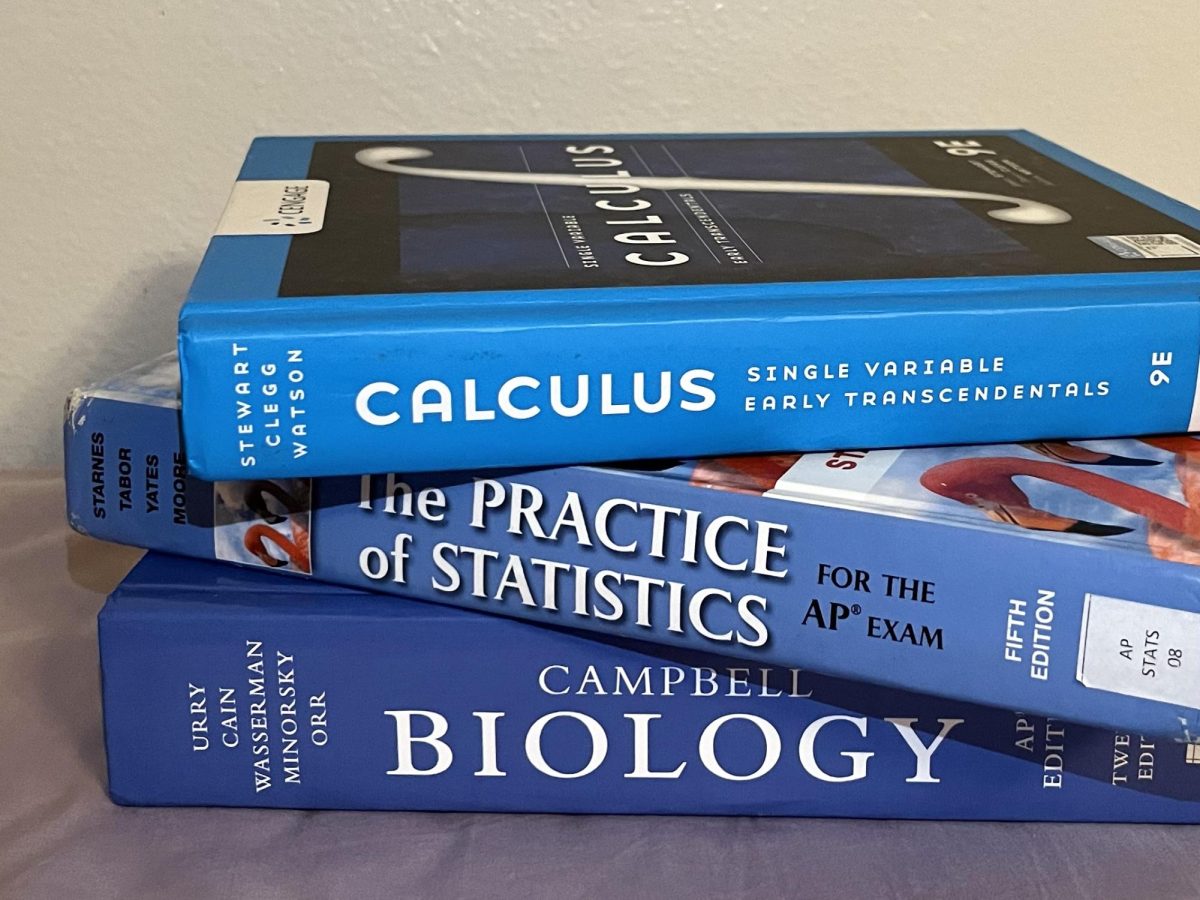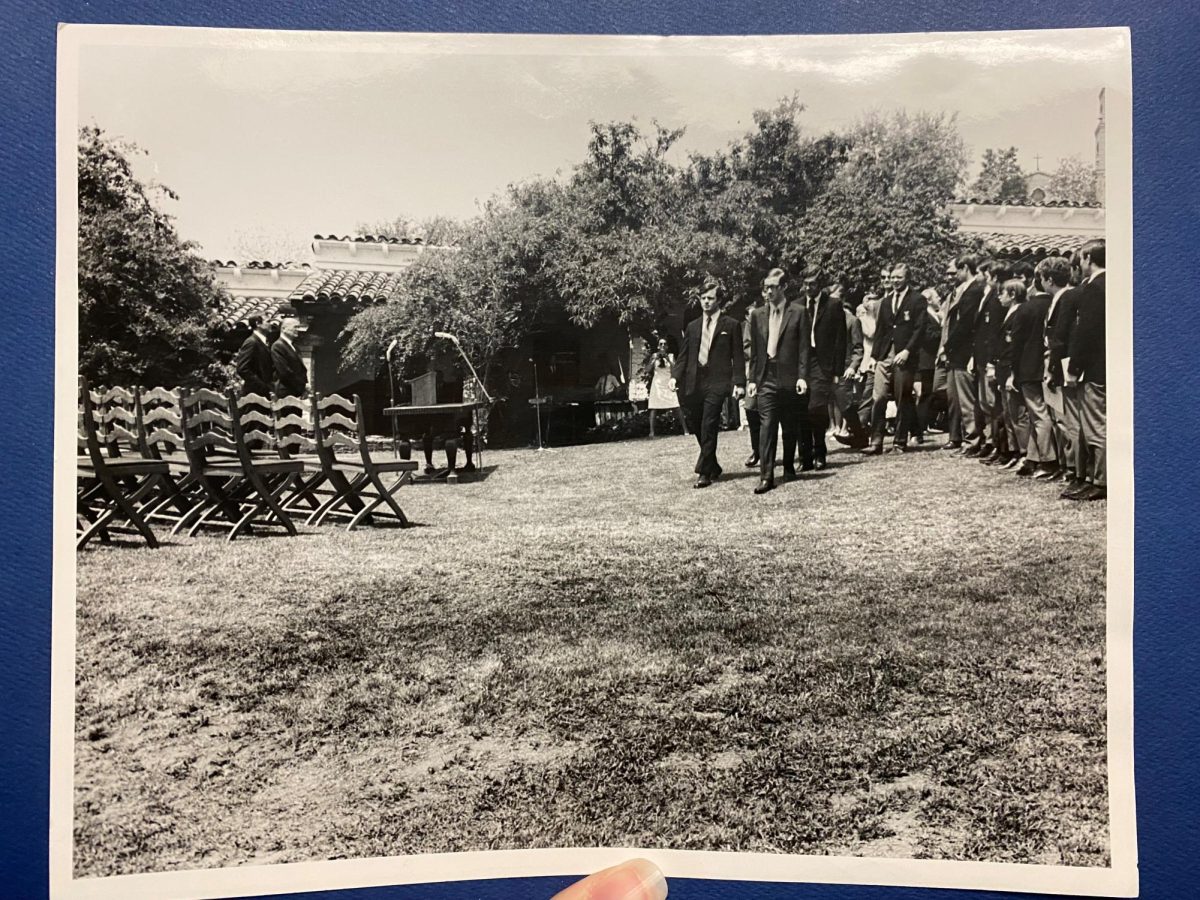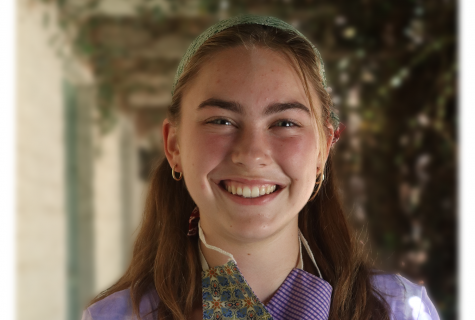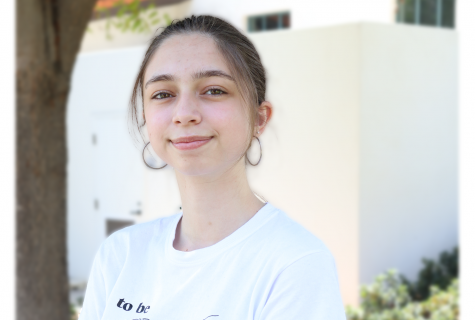On March 17th, 2022, Webb announced a period of inquiry regarding the merging of WSC and VWS into one school. While this marks a giant leap towards a more equitable future, any changes to result from this change will only occur during or after the 2023-2024 school year. We hope that Webb will take the views expressed in this article into account when considering the future of our school.
Our view is that Webb needs an all-gender dorm.
Currently, Webb’s dorms are officially divided by school, rather than by gender. This structure means that for the last few years, VWS dorms have had non-female residents and WSC dorms have had non-male residents.
Webb admitted its first out transgender student in the 2019-2020 school year. Since then, the Webb community has been working to re-evaluate the binary dorm system and revise it to be more inclusive for trans students. In the meantime, more and more students are coming out as trans or gender non-conforming.
Additionally, students are not the only members of the Webb community who are thinking critically about our current dorm practices.
“Faculty and administrators have been talking for a few years now about Webb’s two school model and how we might see that evolving,” said Elizabeth Cantwell, Co-Chair of the humanities department and member of Webb’s gender leadership committee. “We’ve also been talking a lot about how to support our trans and non-binary students in the dorms.”
This new attitude towards the topic of transgender and gender-nonconforming students reflects a larger educational renaissance of how we think about identity in educational spaces.
“We’ve been involved in thinking about the gender spectrum and what that means in institutions that have been historically single-sex, as well as how you create a space that’s inclusive and comfortable for everybody, while also retaining some of the elements that have been historically really great about single-gender spaces,” said Theresa Smith, Associate Head of Schools and National Coalition of Girls’ Schools board member. “There’s a lot of people in the educational industry who are thinking about that tension, not just around gender, but around all kinds of issues around identity.”
“I think one of the main ideas that we have been trying to work with is this idea that it is not just about serving exceptions in your community, it is actually about serving every student,” Dr. Cantwell said.
Although these conversations have been going on for quite some time, students are not seeing the changes we expect to see when serving the LGBTQIA+ community at Webb.
Part of this is simply because in recent history, Webb has prioritized rectifying disparities between VWS and WSC dorms: the indoor vs. outdoor dorms, the alarming system unique to VWS dorms, and the uneven distribution of singles and doubles across schools, to name a few. A lot of time and effort was allocated to adjusting dorm inequities before the notion of an all-gender dorm could be approached, and the dorm renovations and protocol changes were only executed this school year (2021-2022).
“I also think COVID set some things back,” Dr. Cantwell said. “I think that some of this progress got stalled because even around dorm issues, [recent discussions] had to become about where do students quarantine rather than how are we supporting gender issues.”
The COVID protocols set at the beginning of the fall semester have significantly changed Webb’s dorm culture. Even now that students are allowed to visit each other’s rooms again, COVID has severely impacted our living environments and what we view as ‘normal’ in the dorms.
On March 12th, 2022, the Webb medical advisory board lifted the indoor mask mandate. For upperclassmen, the current lenience with COVID protocols feels like a return to the way things used to be. Underclassmen, however, never got the chance to experience dorm life prior to COVID, so the new rules feel new.
“I think right now there is an inherent divide between WSC and VWS, especially in lowerclassmen,” said Mick Adkins (‘23), a non-binary WSC student. “My freshman year the reason I socialized with VWS because I did not feel comfortable with WSC students, even in my dorm. [By introducing an all-gender dorm], I would be able to socialize with WSC students in the dorm, while still feeling comfortable where I live, which is where I feel the most vulnerable.”
“I know I am the only person in the upper dorms, aside from one other person, who openly identifies as LGBTQ,” said Kenny Clay (‘25), a non-binary WSC student. “I feel like the current single-ed spaces, which are very heteronormative, especially in WSC, might restrict people from being out or open about their identity.”
“An all-gender dorm would be beneficial because it could be a space not for just for people that want an experience that is co-ed.” Hunter Lange (‘22) said. “I think it could be… a safe space for people on campus who are queer, gender-queer, and non-binary.”
Despite the positive reactions from students, the possibility of an all-gender dorm does come with some hesitation. Some students fear that the all-gender environment would be taken advantage of or misused, expressing concerns over pregnancy and other similar issues.
“In an all-gender dorm there would definitely be people who try to take advantage of that two-school space and the proximity to students from the other school,” Kenny said. “They would misuse that opportunity and take advantage of [the all-gender dorm space].”
“I think that a larger issue for me would be creating spaces where everybody feels comfortable,” Dr. Smith said.
Over the past few years, Webb has done an excellent job reforming many of the inequities between WSC and VWS dorms. However, the only way to completely rectify these inequalities is to create a dorm space that transcends the binary school system.


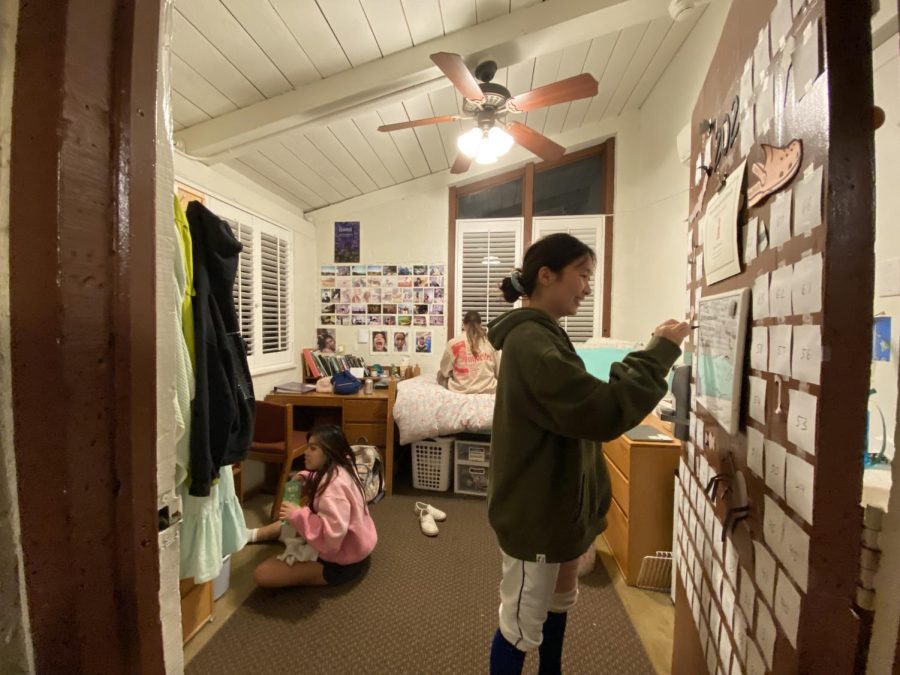



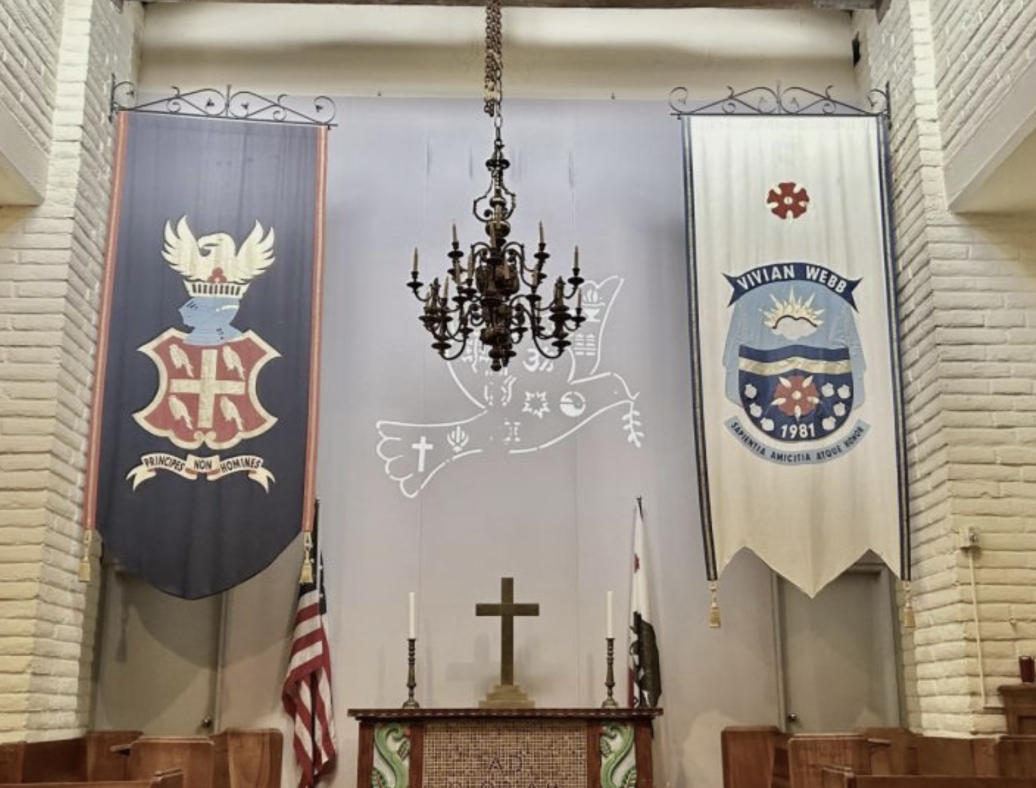
![Many Webb students spend their free time in the library watching a popular TV show like Riverdale and Euphoria. “Based off what I’ve seen, like in Euphoria, because the actors are older, they don't showcase an actual high school life properly,” Sochika Ndibe (‘26) said. “Since [the actors] are older [and] playing a teenager, from a girl’s perspective, it is going to make you think you should look more developed at a young age.” The actor, who plays Veronica Lodge, was 22 years old at the time of filming.](https://webbcanyonchronicle.com/wp-content/uploads/2025/03/Antecol-Media-affects-how-society-functions-graphic-1200x900.png)
